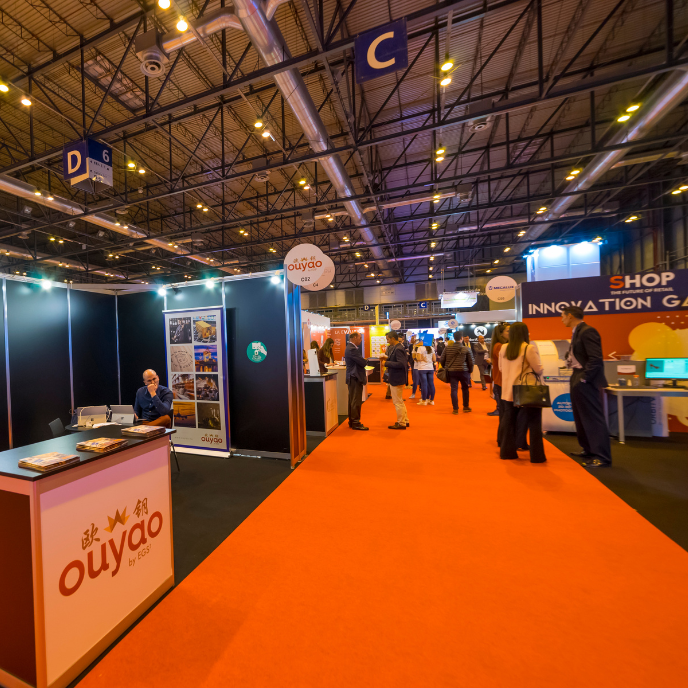Set the stage for trade show – and ROI – success with a personal event plan
Generating more business is a critical goal for print and marketing services providers. But how do you measure success? Is $1,000 enough? $10,000? $1 million? What are you basing the amount on? What has succeeded in the past and what has failed? What dependencies need to be considered, both internal and external? What’s your time frame?
There are many reasons for attending events in 2019 and 2020 (Drupa anyone?), including the whole FOMO syndrome – which happens when an event that you just HAVE to be at hits your radar.
Trade shows provide a unique opportunity to go beyond digital lead gen activities. Here is where you get to shake hands and look the other person in the eye. It’s where you can have the 1:1 conversations critical for business success. Whether you’re the one responsible for managing the budget, logistics and marketing – or going to check out the trade show floor – the question always comes back to ROI: How will you justify the expense and decide if it was a “good show”?
Different people from the same company often attend the same event – for different reasons. To set the stage for tradeshow success, create a personal event plan that will maximize your time, your efforts, and your success – before, during and after the event. Having a personal plan that complements your company’s event plan will help boost the overall ROI – and the show’s overall success.
Creating a personal plan is simple. All you have to do is answer these two questions:
Why are you there?
When asked this question, most people will either answer that they’re an Exhibitor/Vendor (they’re selling) or a Delegate/Consumer (they’re buying).
Think beyond those hats. Who are you there to meet / learn from / sell to / buy from?
Are you media? A presenter? Are you there to keep up with certifications? Do you want to network? Are you looking for a job?
Yes, it’s easy to lump yourself into someone who’s either buying or selling. But if you dig a bit deeper, and become as specific as possible, then your chances for success grow exponentially – along with your ROI.
Which brings us to question number 2:
How will you measure success?
Seasoned marketers will tell you the most common tradeshow measure of success is the number of leads generated. How you identify a lead – and how you will measure it – will define your ROI. Everyone in sales, marketing and business development needs to agree on the definition of a qualified lead, and their roles in the marketing and sales cycle.
Perhaps you’re attending purely for the educational content. In that case, you could choose to measure leads as the number of conversations you have with presenters, fellow delegates, or vendors. What if you’re in the job market? In this case, you are the product, and your leads include all the people who will help you find—and land—your next job.
If you’re there representing a company, having a personal plan that complements your company’s event plan will help boost the overall ROI – and the show’s overall success. Your plan can be as simple or as complex as you like – as long as it’s SMART (Specific, Measurable, Attainable, Rewarding, Timely).
Include how you will:
Get the word out that you’re attending – Use a call to action everywhere. Update your social media profiles, and email signature (on ALL your devices). Join the conversations, attend tweetups and meetups, if they have an app – use it, and include/follow the event’s hashtag throughout the event.
Make an impression – Think about your business card and the impression it leaves as you hand it out. In addition to how to get in touch with you, it should remind people why they have your card in the first place. Your business card can include key messages, interactive elements, calls-to-action and/or keywords that nudge the connection farther. Design your card for your audience, not yourself.
Track your conversations and activities – Your CRM is only as good as the data that’s in it. If you talked to a prospect, handed out a business card, attended a kick-ass session, scheduled a meeting or had an impromptu conversation – capture it and update your CRM as soon as possible. Collecting leads with a lead scanner? Most will allow you to add notes on the fly, while the conversations and action items are fresh in your mind. If necessary, use a calendar tool, an excel spreadsheet, or good old-fashioned pen and paper to keep track on the go.
Follow up – Post-event follow-up is critical. Not just for the “hot” leads, but the tire-kickers too – if nurtured just right – they could end up being the very reason you go back to the event.
I recall working for a software company – back when business cards and lead forms were collected in fishbowls. After each event they sat in boxes, untouched – forever. Learn how to recognize, differentiate and allocate leads that are sales qualified vs marketing qualified. With a strategy in place you can deliver relevant, engaging content aligned to your audience and event goals.
Measure your results – When it comes time to answer whether or not it was a “good show”, remember why you went in the first place and how you planned to measure success. Capture what went well and what could have gone better in a summary report. Add any ideas, recommendations and insights. As you execute your follow-up strategy, commit to re-measuring the results quarterly. Then you can decide if it’s worth it.
Your personal event plan should outline how you will:
- Get the word out that you’re attending
- Make an impression
- Capture and manage your leads
- Follow up
When it comes time to answer whether or not it was a “good show”, remember why you went in the first place and how you planned to measure success – and ROI. In addition to these results, capture what went well and what could have gone better in a summary report. It’s good practice to do this daily and record any ideas, recommendations and insights while they’re fresh in your mind. This is where the A-HA moments go. This is where you uncover hidden opportunities – which may become new lead criteria in your next personal event plan – and where you can measure your plan’s true impact when compared to past events.
Before you attend your next trade show, consider how your personal event plan will impact ROI – and success.
#B2B #CX #CustomerExperience #Marketing #Print #LeadGen #Events #Tradeshow
Portions of this article were published with permission in Graphic Arts Magazine.




